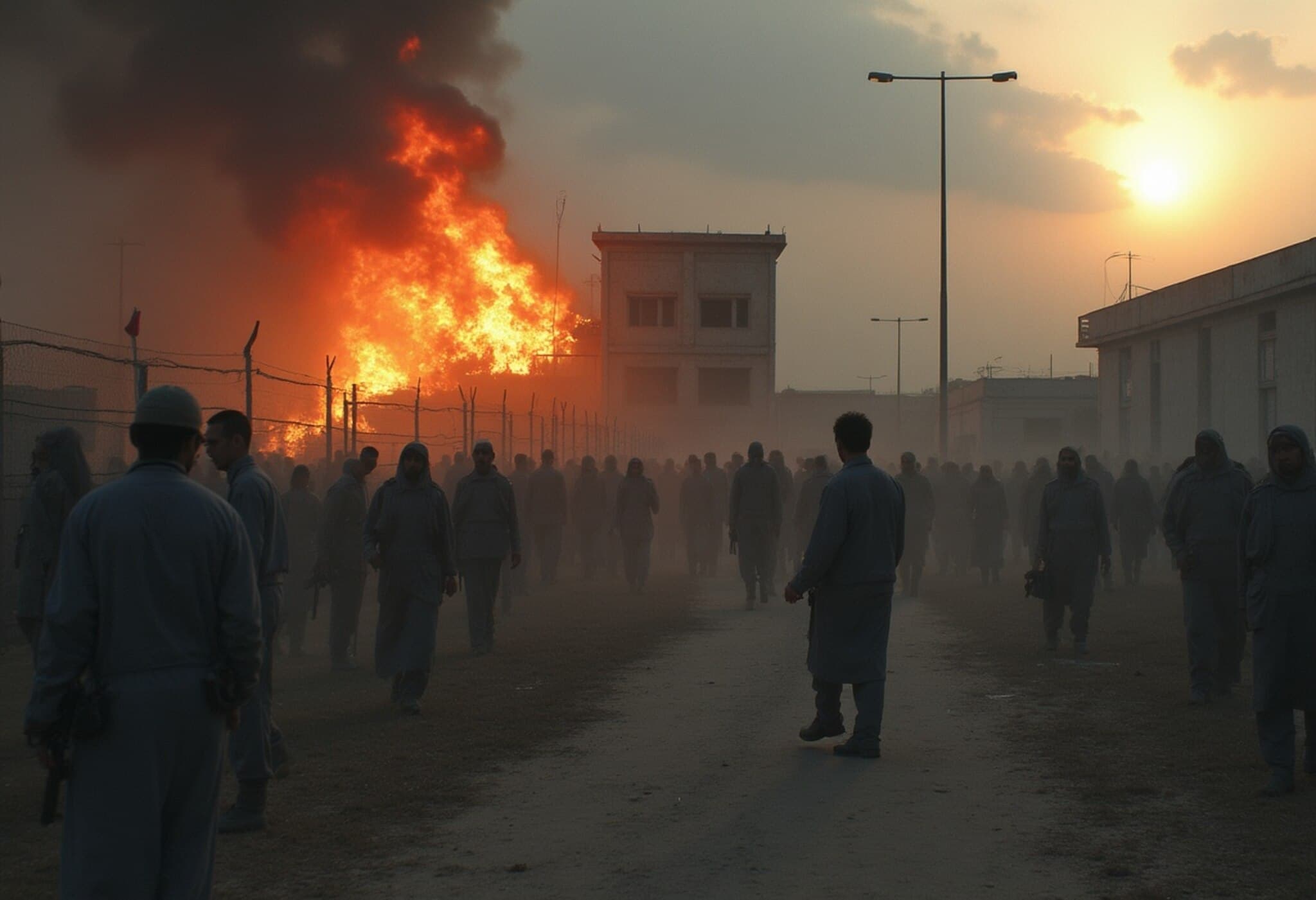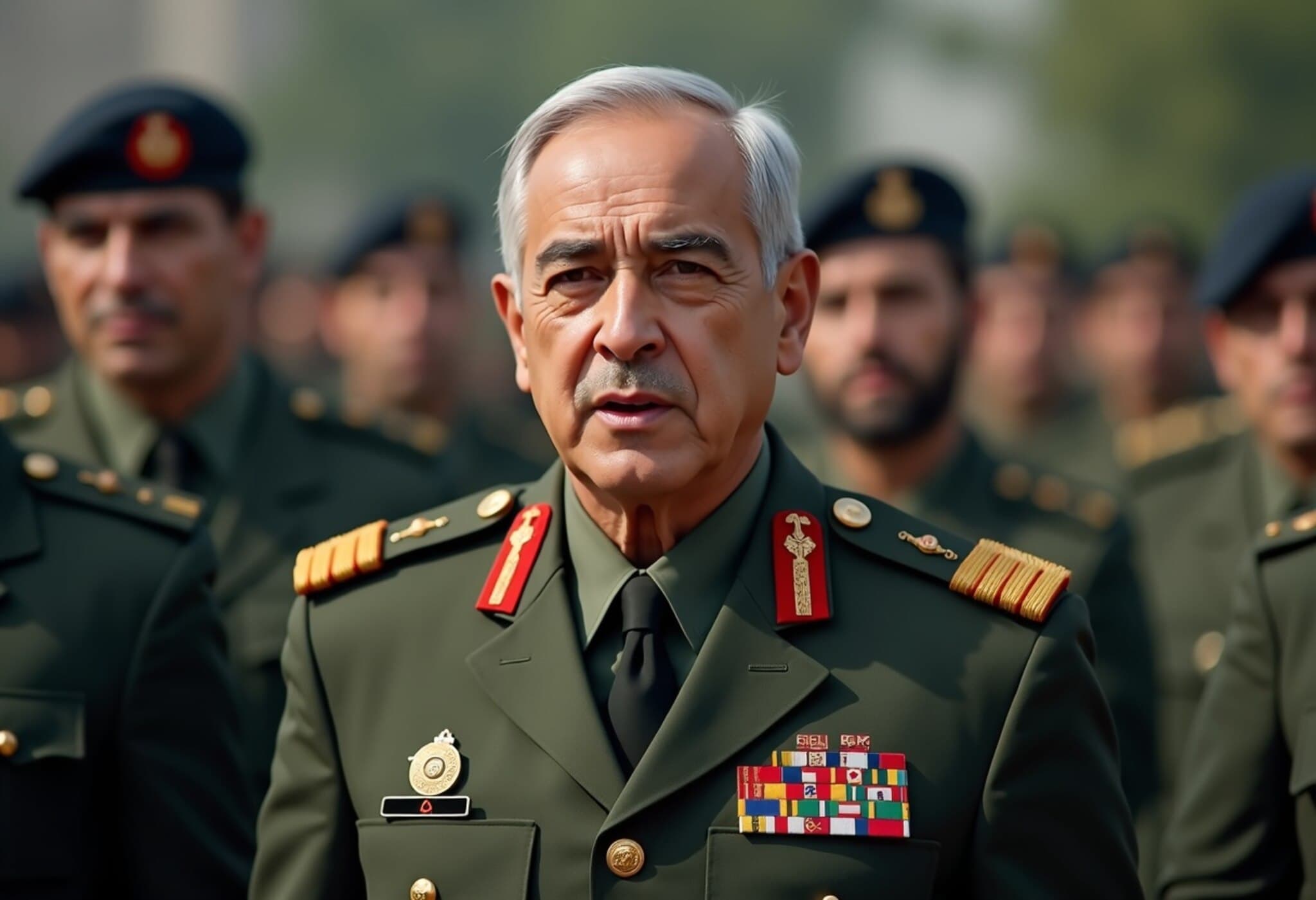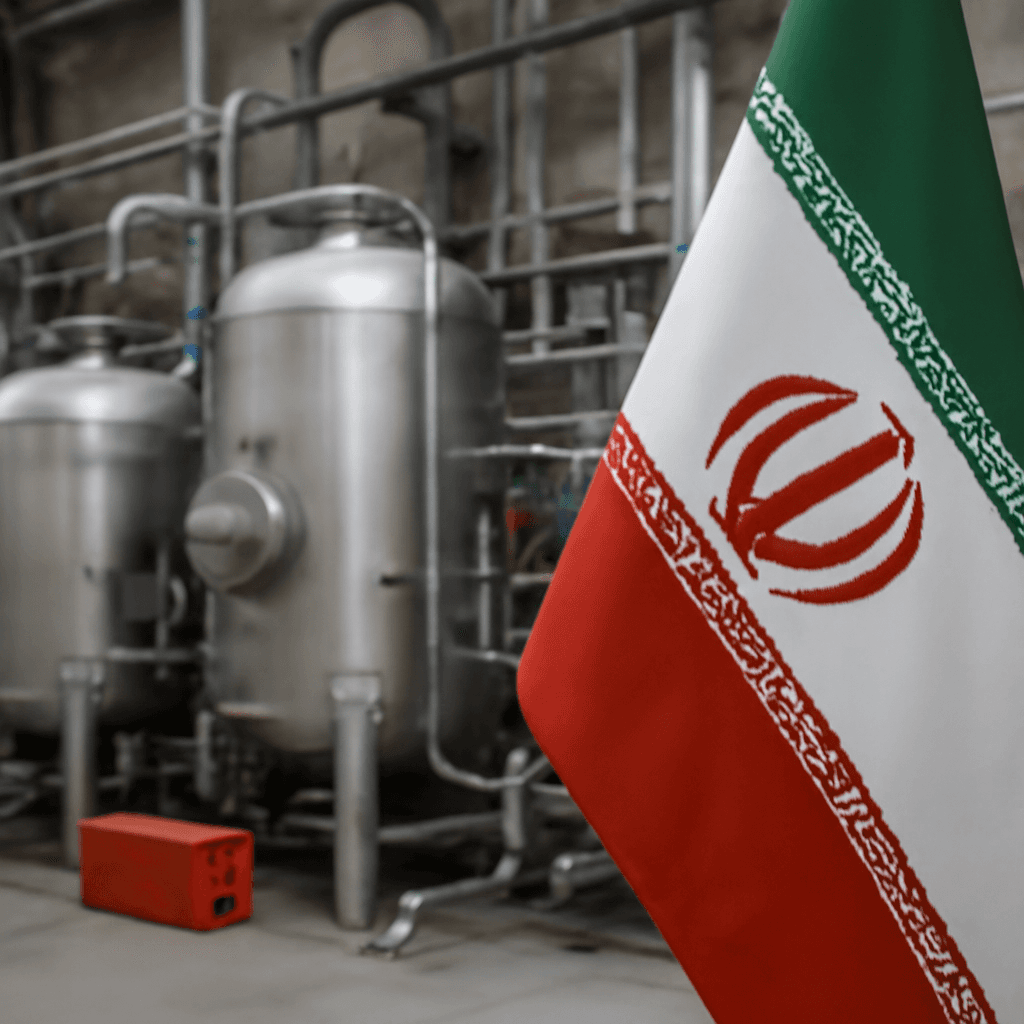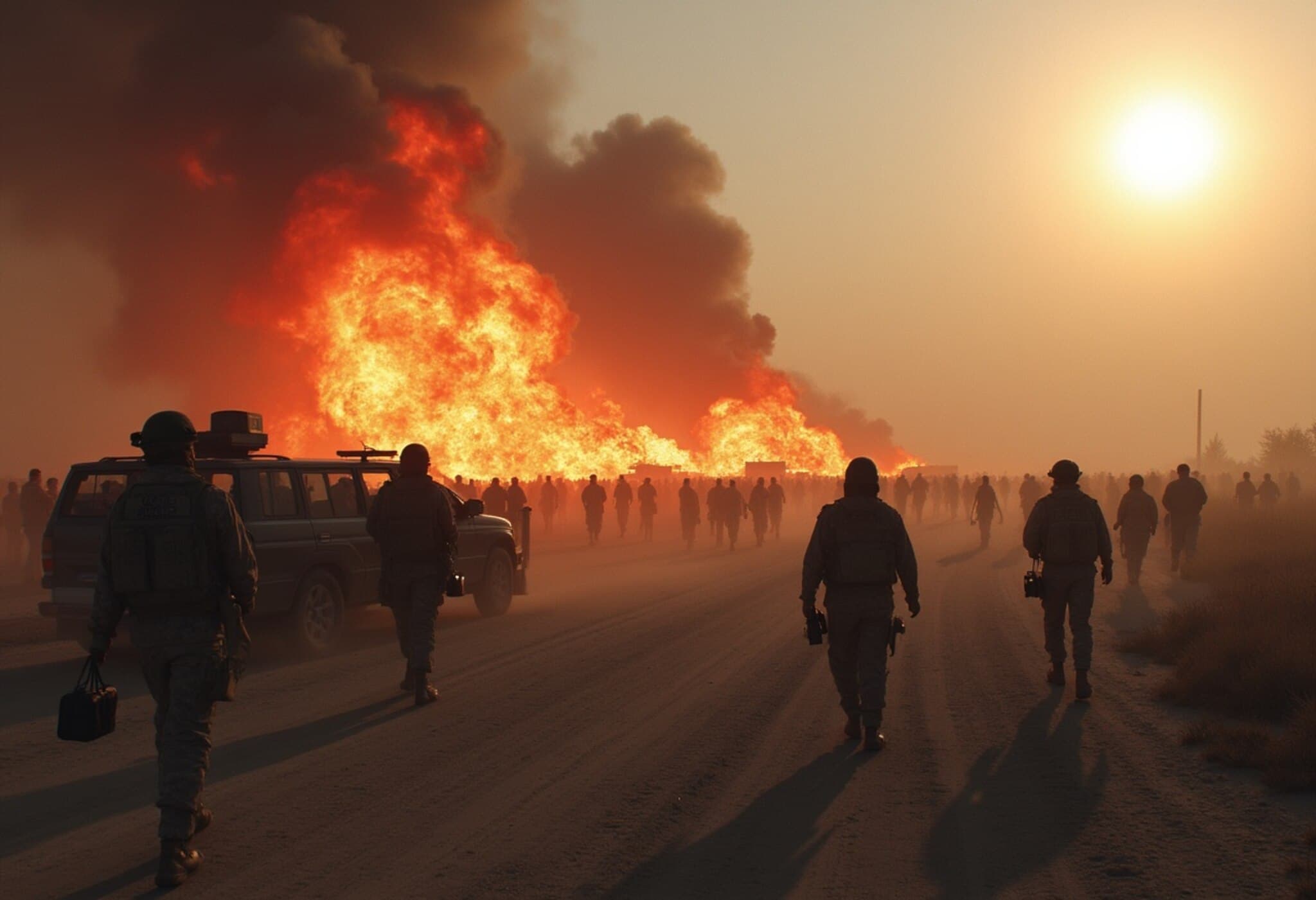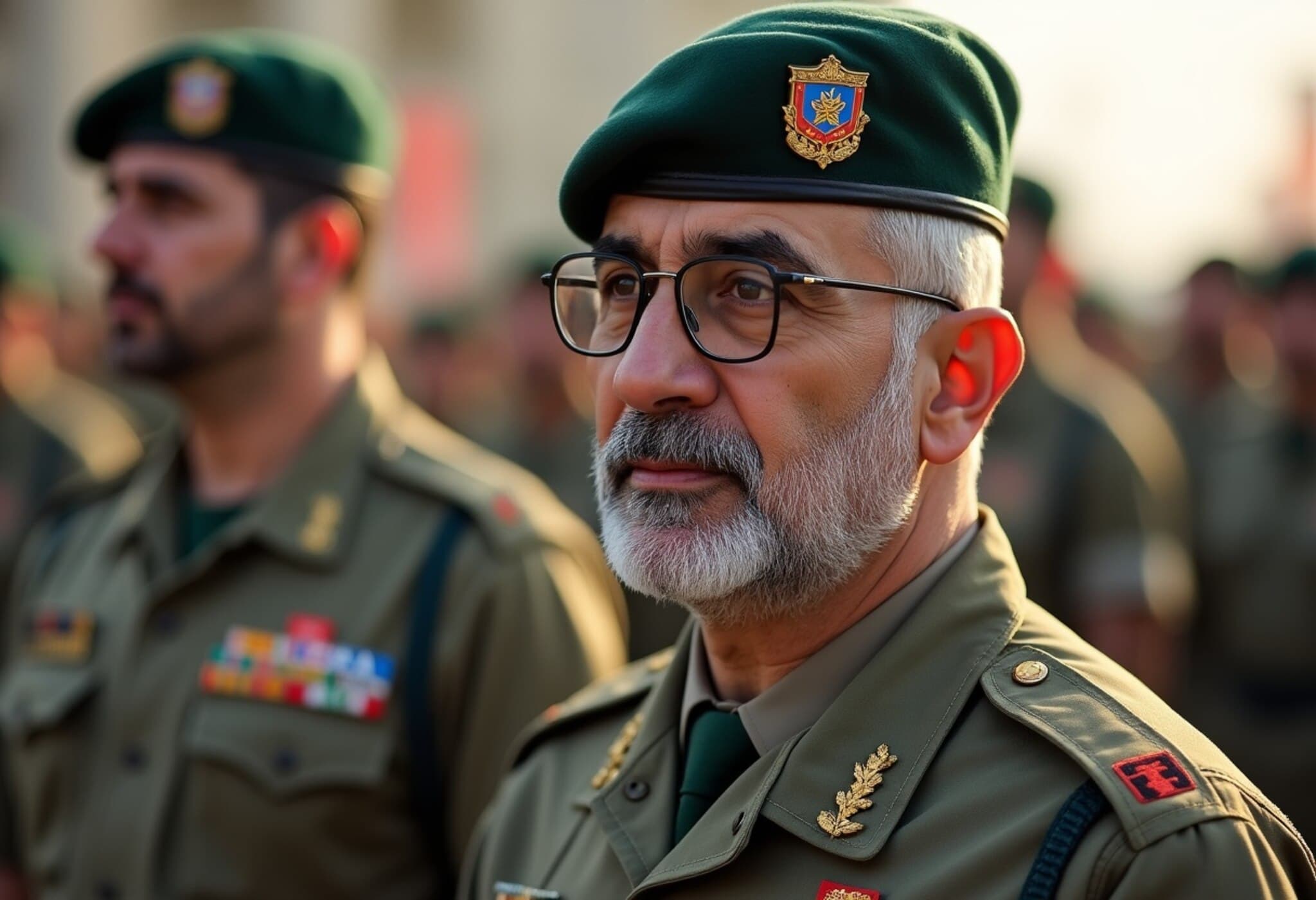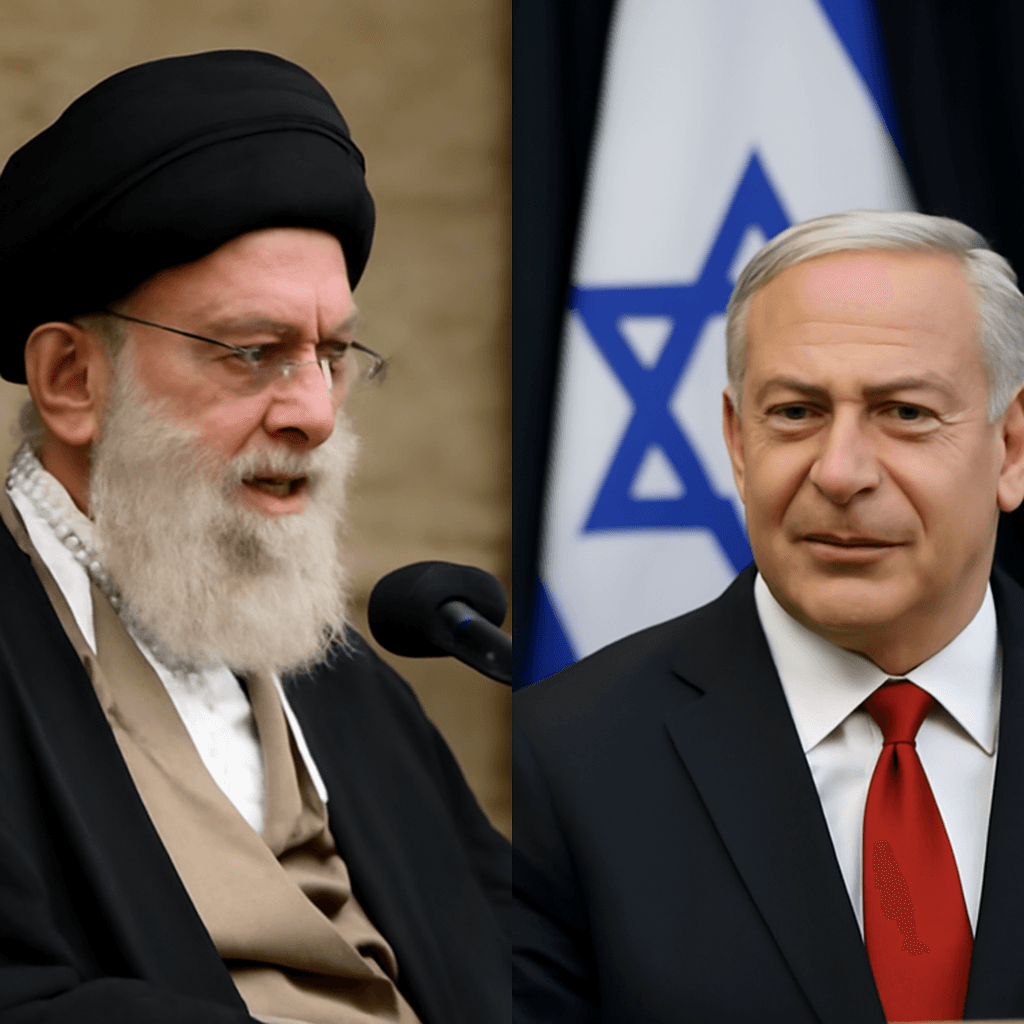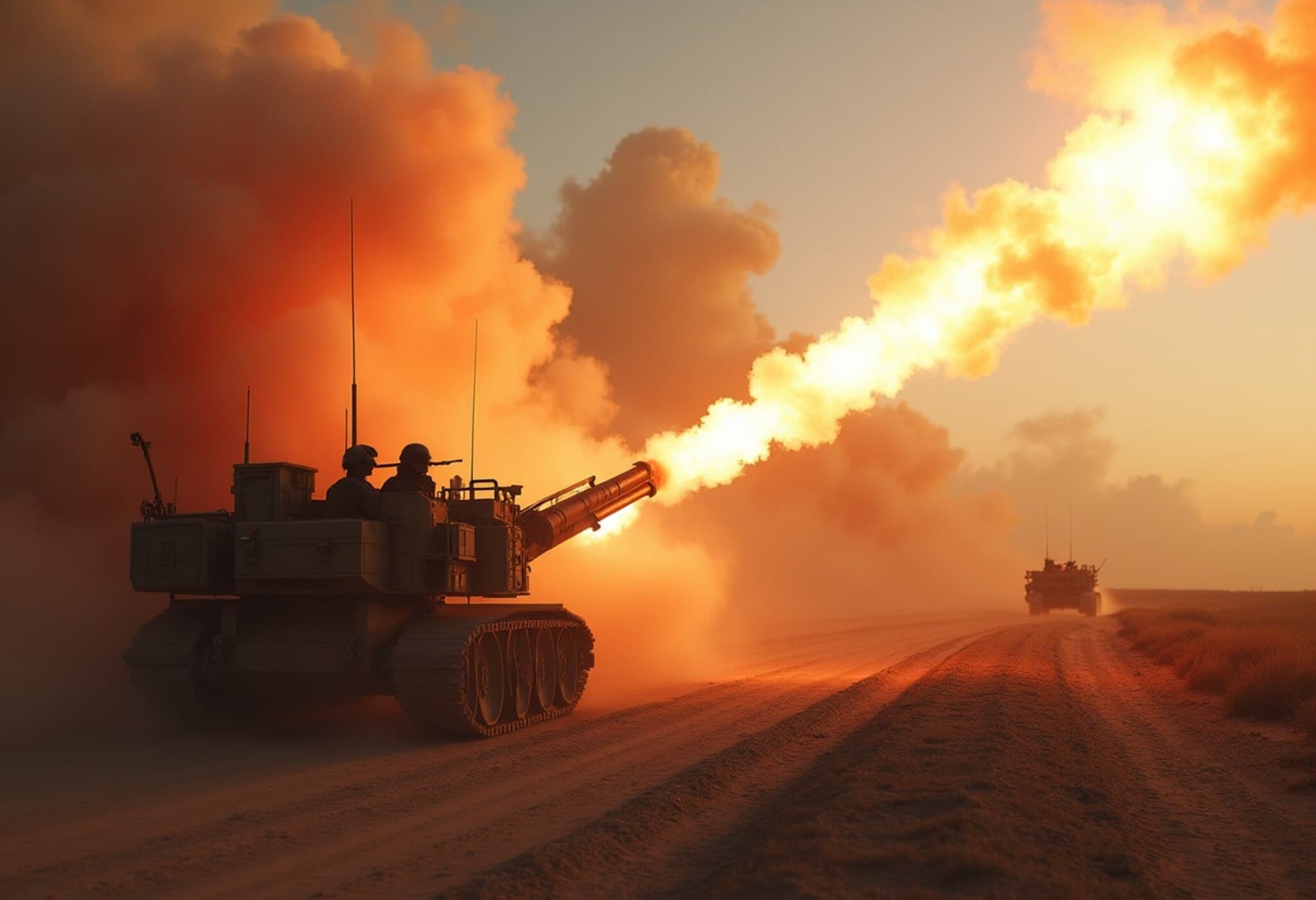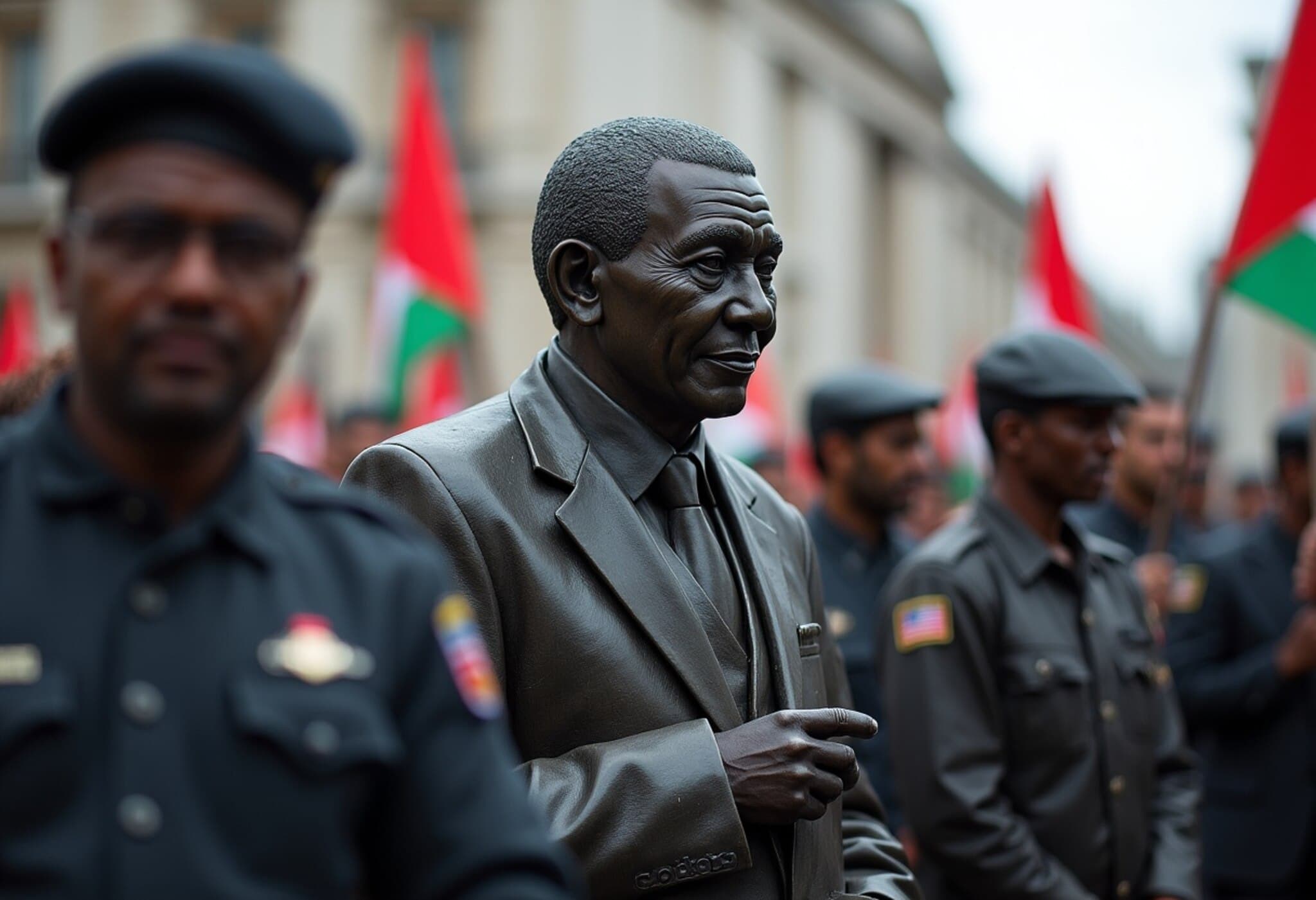Deadly Israeli Airstrike Hits Evin Prison in Tehran
Last month, an Israeli airstrike targeting Iran’s capital resulted in the tragic deaths of five inmates at the notorious Evin prison, Iranian media confirmed on July 12, 2025. The strike, which took place on June 23, also enabled several inmates to escape, according to a statement from Iran’s judiciary.
Details from Iranian Judiciary and Media
The semi-official ILNA news agency and other Iranian outlets reported that the five deceased prisoners had been convicted for financial crimes. However, specifics about their identities or the circumstances surrounding their incarceration were withheld. Asghar Jahangir, a judiciary spokesman cited by Mizanonline, described the victims simply as "a small number" of inmates and remarked that an "insignificant number" of others fled amid the chaos but would soon be recaptured.
Jahangir also emphasized that no prisoners linked to espionage for Israel’s Mossad were harmed during the attack, suggesting a potentially selective or intelligence-driven target selection.
Broader Casualty Figures and Ambiguity Around the Target
While Iran initially placed the death toll from the airstrikes at 71, subsequent Iranian media updates increased this figure to 80, a number that includes prison staff, soldiers, inmates, and visiting family members. These strikes, executed by 50 Israeli aircraft dropping 100 munitions according to the Israeli Defense Ministry, were described as hits against military objectives — but the inclusion of a civilian prison raises critical questions.
International Reactions and Human Rights Implications
The New York-based Center for Human Rights strongly condemned the attack on Evin prison, a facility infamous for detaining political dissidents and symbolizing state repression. The organization underscored this as a breach of the fundamental international legal principle of distinction, which obliges warring parties to differentiate between military targets and civilian entities to minimize harm to non-combatants.
Context: The 12-Day Iran-Israel Air Conflict
This incident unfolded amid a sprawling 12-day air conflict between Israel and Iran, which has so far claimed over 1,060 Iranian lives and 28 Israeli casualties. Tehran’s darkened skies and intermittent blackout zones, documented during the conflict, illustrate the profound disruption faced by civilians caught in the crossfire of ongoing hostilities triggered by deep-rooted geopolitical tensions.
Expert Insight: The Legal and Strategic Puzzle
From a legal standpoint, Israel’s justification rooted in "high-quality and accurate intelligence" remains under international scrutiny. Targeting a prison housing civilians and non-combatants runs the risk of violating international humanitarian law (IHL) norms, specifically the principle of proportionality and distinction. Strategically, while the attack may aim to disrupt Iran’s perceived military or intelligence infrastructure, collateral impacts on inmates highlight a dangerous escalation that puts vulnerable populations at risk and complicates already volatile regional dynamics.
What Lies Ahead?
- Accountability and Transparency: There is an urgent need for both sides to clarify civilian casualty details and uphold international legal standards in armed conflict.
- Human Rights Advocacy: Organizations must continue shining a spotlight on prisoners’ welfare amid wartime, especially in facilities notorious for political repression.
- Diplomatic Efforts: Renewed dialogue focusing on de-escalation is critical to avoid further loss of life in predominantly civilian spaces.
Editor's Note
The Israeli airstrike on Evin prison underscores the increasingly blurred lines between military operations and civilian protections in modern conflict. As Iran and Israel remain locked in this deadly confrontation, the humanitarian consequences demand urgent attention. Will international bodies hold actors accountable for collateral damages, or will the prism of geopolitical rivalry continue to overshadow human rights? This story invites readers to reflect on the costly human toll behind headlines of strategic warfare.

